Long-term Development of Selected Climate Parameters 2013
Berlin-Potsdam
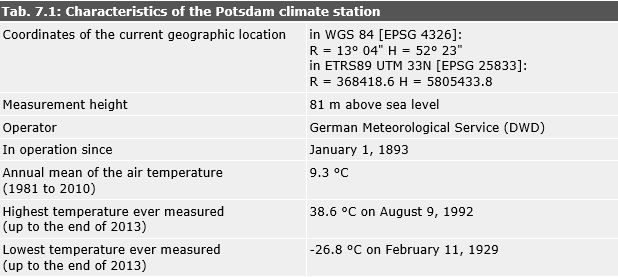
Tab. 7.1: Characteristics of the Potsdam climate station
Image: Umweltatlas Berlin

Photo 7.1: Location of the Potsdam-Telegrafenberg station (see arrow mark)
Image: OpenStreetMap contributors
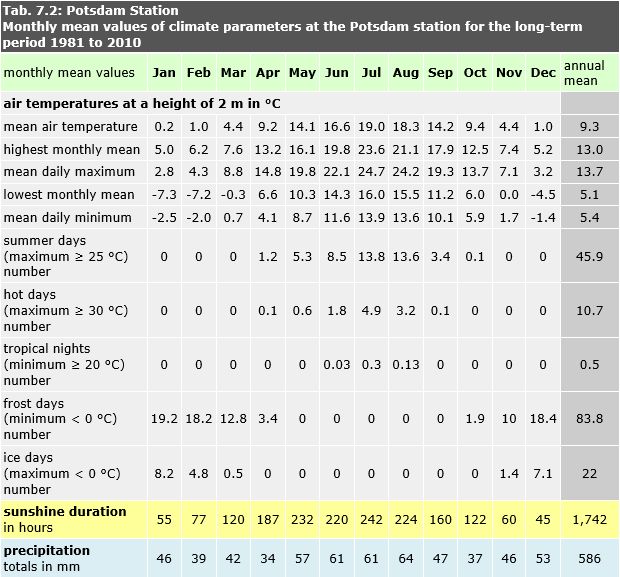
Tab. 7.2: Monthly mean values of climate parameters at the Potsdam station for the long-term period 1981 to 2010
Image: statistical base DWD, processing GEO-NET 2014
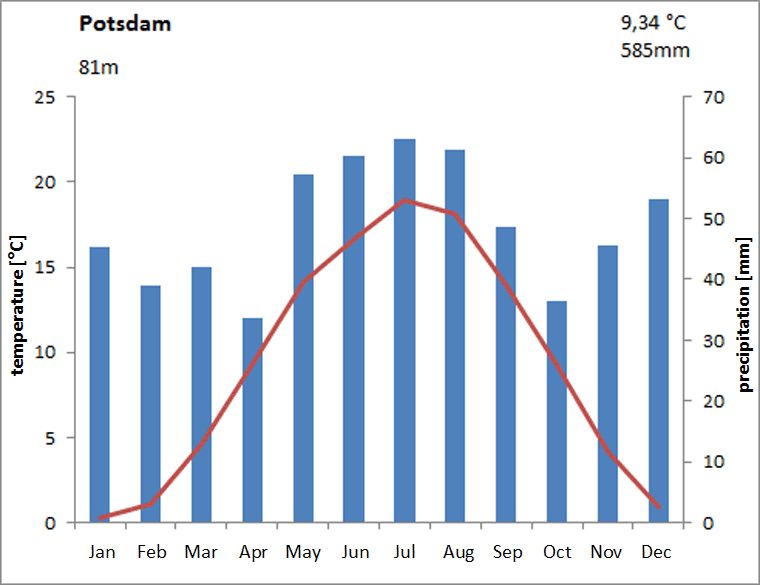
Fig. 7.1: Climate diagram for the Potsdam station for the long-term period 1981 to 2010
Image: GEO-NET 2014, Knerr 2014
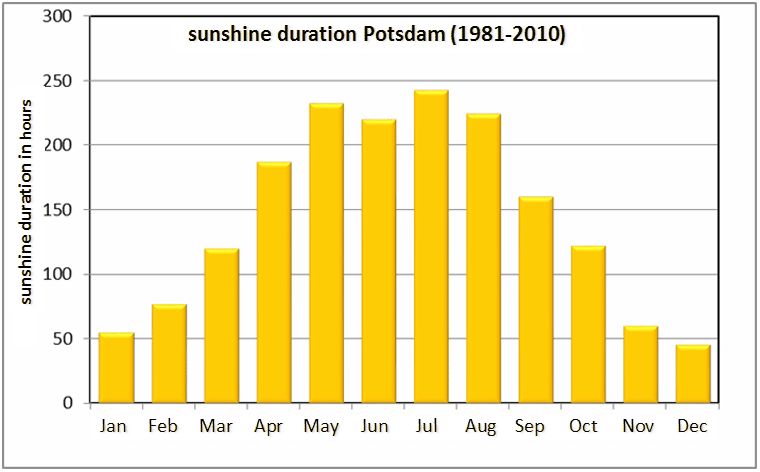
Fig. 7.2: Mean monthly sunshine duration at the Potsdam station for the long-term period 1981 to 2010
Image: statistical base DWD, processing GEO-NET 2014
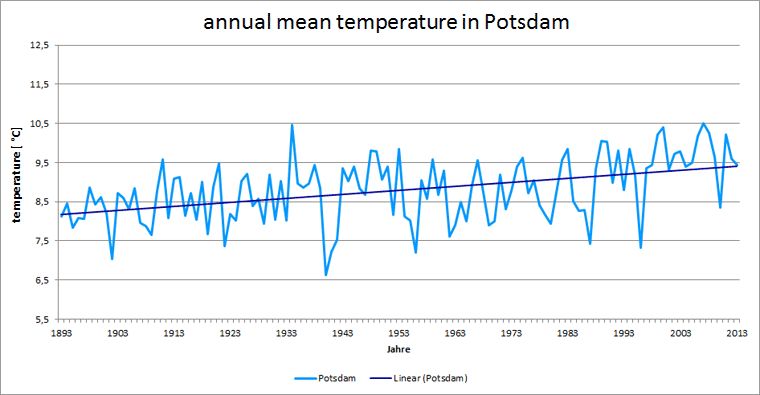
Fig. 7.3: History of the annual mean temperature at the Potsdam station in the measurement period 1893 to 2013
Image: GEO-NET 2014, Knerr 2014
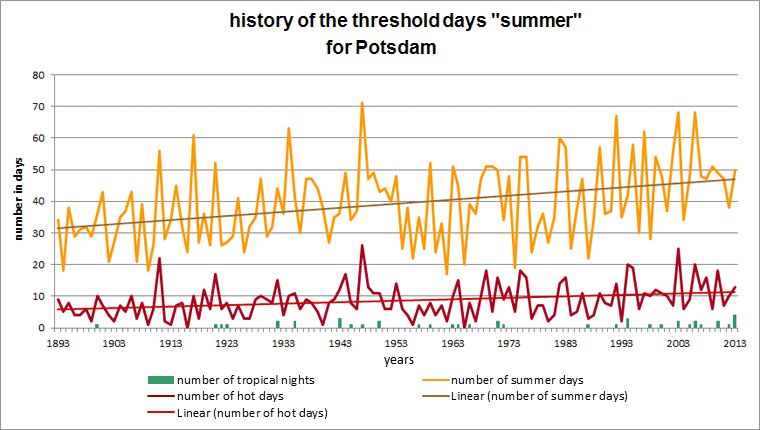
Fig. 7.4: History of the threshold days summer day, hot day and tropical night for the Potsdam station in the measurement period 1893 to 2013
Image: GEO-NET 2014, Knerr 2014
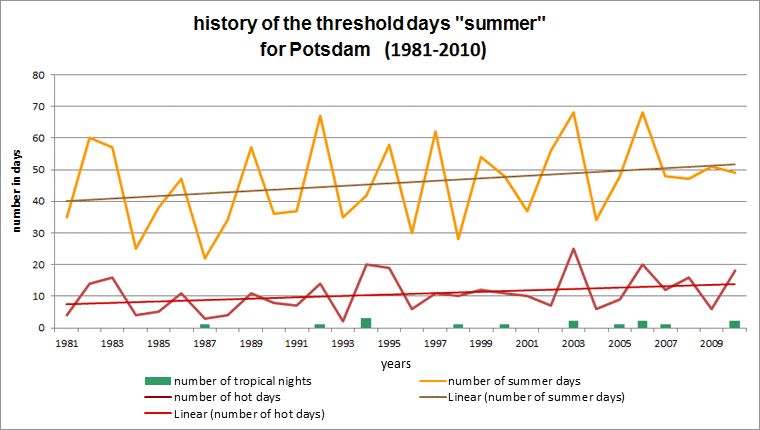
Fig. 7.5: History of the threshold days summer day, hot day and tropical night at the Potsdam station for the long-term period 1981 to 2010
Image: GEO-NET 2014, Knerr 2014
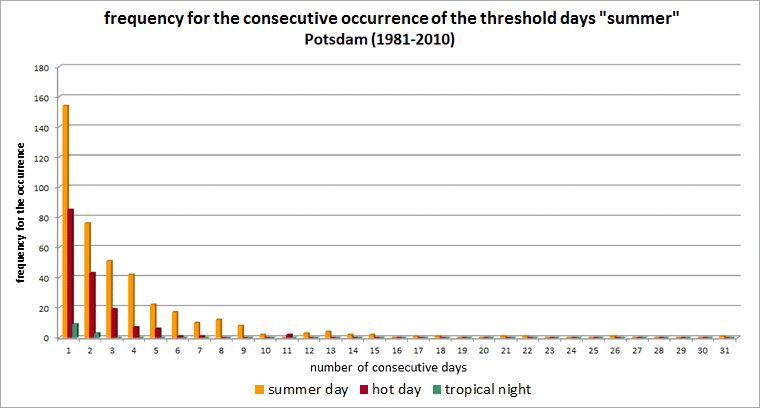
Fig. 7.6: Frequency of occurrence of consecutive summer days, hot days and tropical nights for the long-term period 1981 to 2010 at the Potsdam station
Image: GEO-NET 2014, Knerr 2014
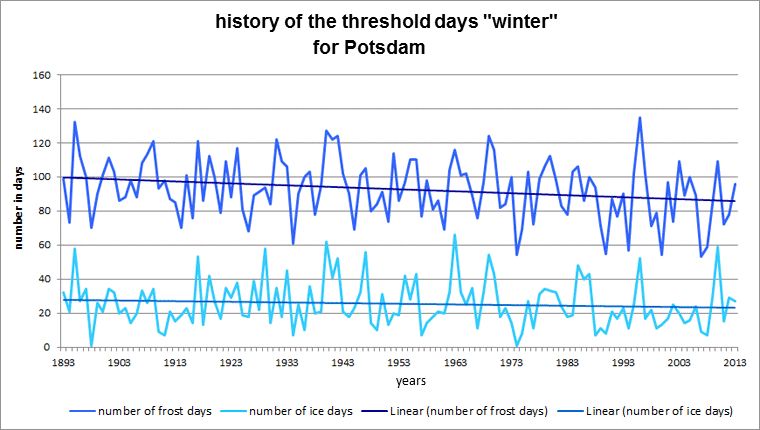
Fig. 7.7: History of the threshold days frost day and ice day at the Potsdam station in the measurement period 1893 to 2013
Image: GEO-NET 2014, Knerr 2014
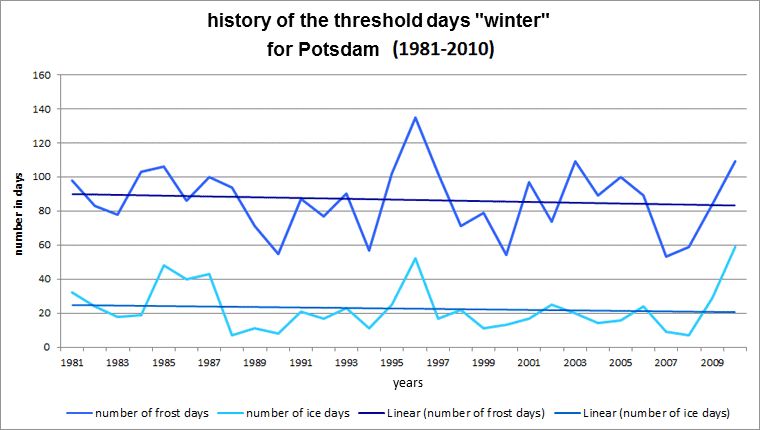
Fig. 7.8: History of the threshold days frost day and ice day at the Potsdam station for the long-term period 1981 to 2010
Image: GEO-NET 2014, Knerr 2014
